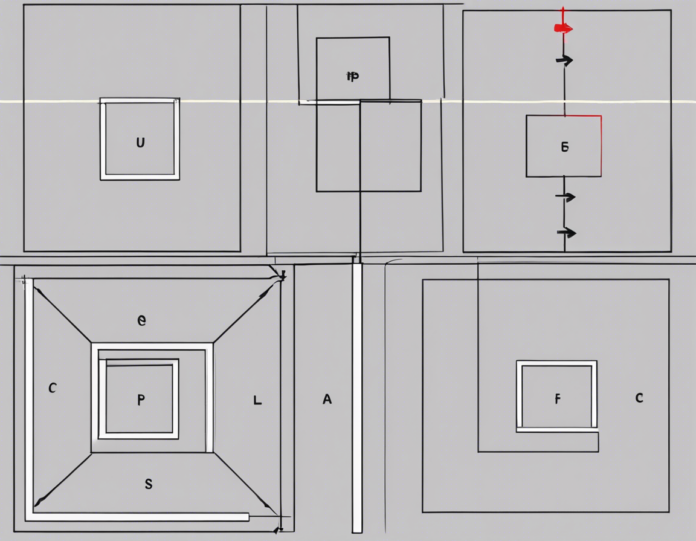When discussing the square formation with four charges, we are referring to a configuration in physics where four charges are placed at the corners of a square. This setup is commonly used in introductory physics courses to understand the concept of electric fields and forces. In this article, we will delve into the properties of this configuration, analyze the electric field and potential energy associated with it, and explore the equilibrium conditions and stability of the system. Let’s break down the key components of this setup.
Understanding the Setup
In the square formation with four charges, we have four point charges, each denoted by q, placed at the four corners of a square. The charges can either be positive or negative, and we label them as q1, q2, q3, and q4, with their respective positions as shown below:
- q1 q2
\ / \ / \ / \ /
/ \/ \
/ \
/ \
q4 q3
The distance between adjacent charges is denoted as d. It is important to note that the square formation can be oriented in any direction, as long as the charges are positioned at the corners of a square.
Electric Field Analysis
To determine the electric field at the center of the square formation, we first analyze the contributions from each individual charge. The electric field at the center point created by a single charge is given by Coulomb’s law:
E = k*q / r^2
where k is the electrostatic constant, q is the charge, and r is the distance between the charge and the center point.
By considering the superposition principle, we can calculate the total electric field at the center due to all four charges. The electric fields from opposite charges cancel each other out, while those from adjacent charges add up. The resultant electric field can be found by summing the horizontal and vertical components of the fields due to each charge.
Potential Energy Analysis
The potential energy of the system of charges in the square formation can be determined by considering the work done in assembling the charges. The potential energy of the system is the sum of the potential energies of pairs of charges. For each pair of charges, the potential energy is given by:
U = kq1q2 / r
where k is the electrostatic constant, q1 and q2 are the charges, and r is the distance between the charges.
By summing the potential energies of all pairs of charges, we can obtain the total potential energy of the system.
Equilibrium Conditions and Stability
In the square formation with four charges, the system is said to be in equilibrium when the net force acting on each charge is zero. This condition ensures that the charges remain in their positions without experiencing any external forces disturbing the system.
To analyze the equilibrium of the system, we can consider the forces acting on each charge due to the other charges. By applying Newton’s laws of motion and considering the forces along the diagonals and sides of the square, we can determine the conditions for equilibrium and study the stability of the configuration.
Frequently Asked Questions (FAQs)
- What is the significance of using a square formation with four charges in physics?
-
The square formation helps illustrate the concepts of electric fields, forces, and potential energy in a simple yet instructive manner.
-
How does the orientation of the square affect the electric field and potential energy of the system?
-
The orientation of the square can influence the magnitude and direction of the electric field at different points within the system.
-
What happens to the equilibrium of the system if one of the charges is moved or altered?
-
Any change in the position or magnitude of the charges can disrupt the equilibrium, leading to a reevaluation of the forces and potential energy in the system.
-
Is it possible to generalize the concept of square formation with four charges to other geometries?
-
Yes, similar principles can be applied to configurations with different numbers of charges in various geometries to study the behavior of electric fields and forces.
-
How can the square formation with four charges be extended to incorporate other properties of electromagnetism?
- By introducing concepts such as electric dipole moments, polarization, and induced charges, the system’s complexity can be augmented to explore more advanced electromagnetism topics.
In conclusion, the square formation with four charges serves as a fundamental model for understanding the behavior of electric fields and forces in electrostatic systems. By examining the electric field, potential energy, equilibrium conditions, and stability of the configuration, students and enthusiasts of physics can deepen their comprehension of these core concepts. This setup lays the groundwork for more intricate studies in electromagnetism and provides a solid foundation for exploring the diverse phenomena in the realm of electric charges and fields.
